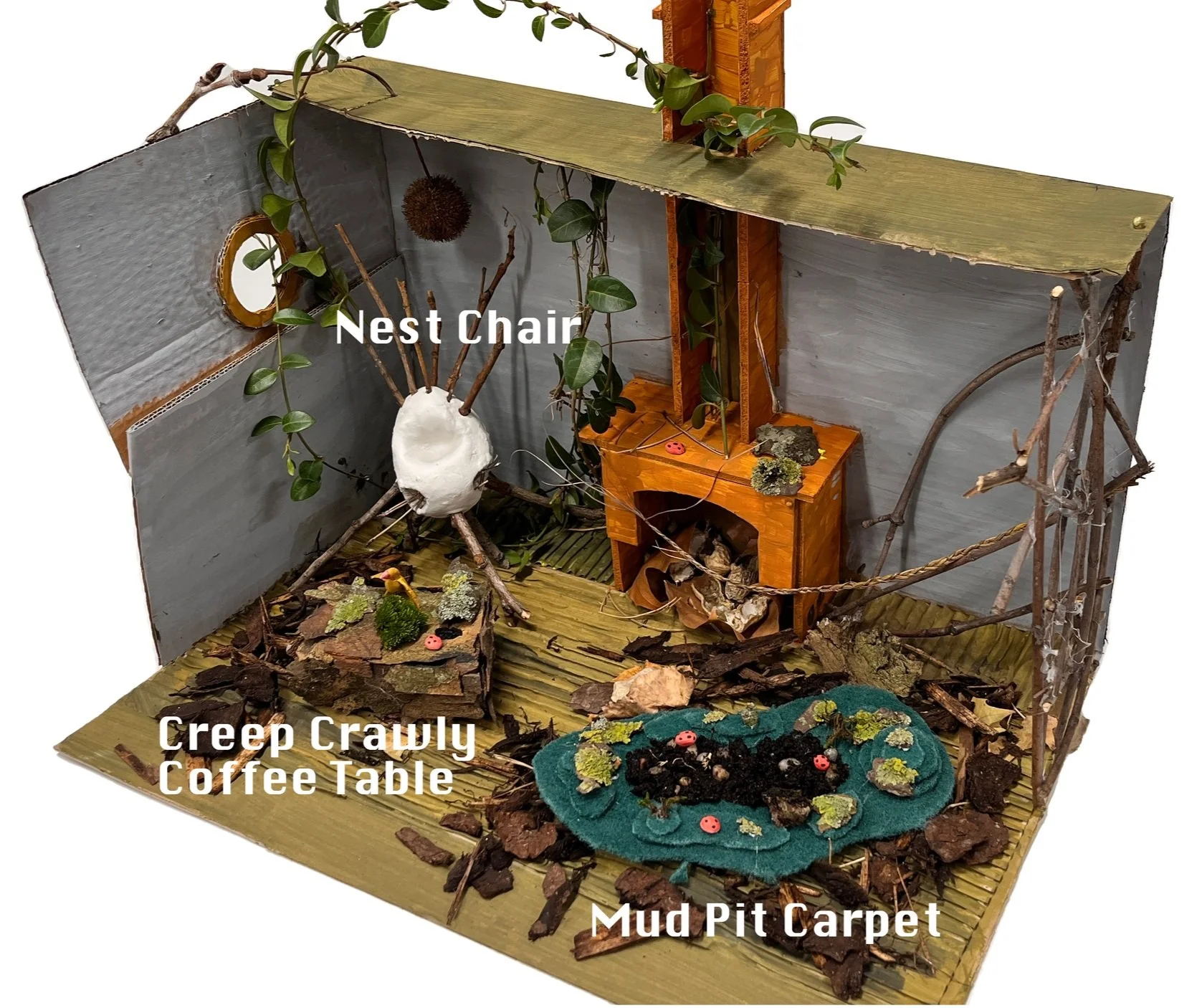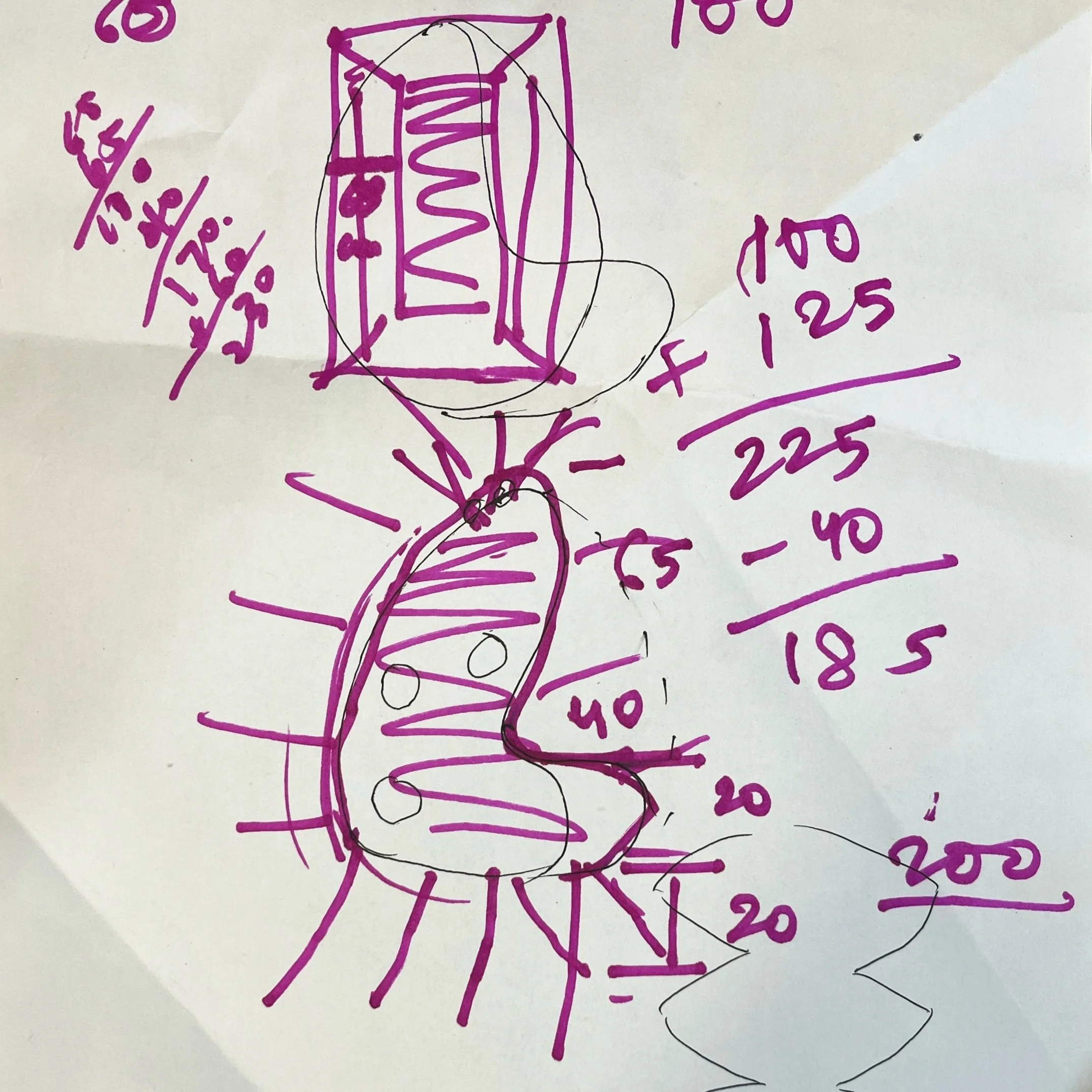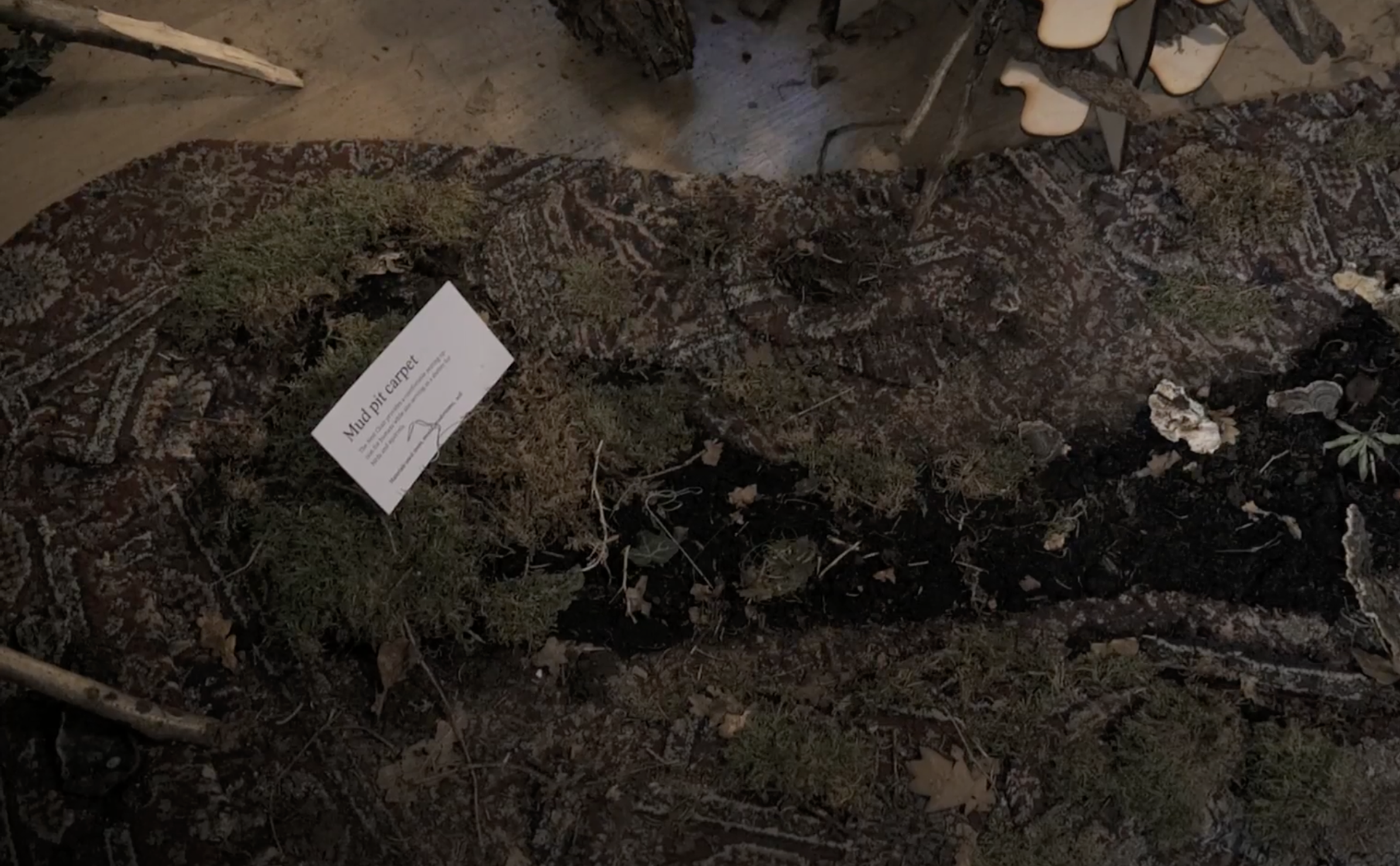Little Wood Home
To challenge anthropocentric household designs, aiming to raise awareness about the importance of other living beings.
Our Aim
Team Members: Anuskha Motiani, Jennoir Simpson, Anshu Agarwal, Mengdie Lu, Charlie Hou, Cristèle Saric, Xiaole Zhang, Keyi Cao
My Contributions: Brainstorming, case study (ecosystem part), conducting interviews (directed storytelling), prototyping, user testing, and constructing final product (Table).
Secondary Research
Despite sharing our planet with 8.7 million species, most design efforts are still primarily focused on human needs.
To address this limitation, we explored the concepts of Transition Design and Pluriversal Design, which expand design objectives to encompass biodiversity and sustainability.
After our brainstorming, we identified three major directions for our research and case studies:
Water Consumption
Carbon Emissions
Ecosystems (Non-human)
Brainstorming
Case Study
We researched the energy usage habits of residents in the UK, existing energy-saving designs. Also current designs that integrate ecosystems - mostly used in agriculture and horticulture.
Based on this, we conducted primary research. We employed research methods such as Artefacts Analysis, AEIOU, and Directed Storytelling for further exploration.
Artefacts Analysis
Focusing on energy consumption, we observed and analyzed existing households. Despite some designs incorporating sustainability, the products we encountered were still predominantly human-centered.
AEIOU
We utilized the AEIOU framework to thoroughly understand the interactions and environments both in homes and natural settings.
In residential settings
In homes, our research across various spaces focused on human living habits and how these environments are predominantly designed with human needs in mind, often neglecting or excluding the vast majority of other species.
In forest environments
We observed human activities alongside the living habits of local flora and fauna. We discovered that dead wood is a vital habitat for insects, molds, and fungi.
Directed Storytelling
We engaged customers at Ikea about their energy usage habits and their openness to cohabitating with other species.
Many people expressing willingness to provide space for other organisms if room allowed.
💡
Based on the 'Design for Pluriverse' concept and research results, we engaged in a discussion and conducted a rapid brainstorming session - generating eight ideas in eight minutes.
We decided to integrate the ecosystem into household design, encouraging co-living with non-human entities.
Crazy 8’s
We have become aware that an astonishing number of urban birds die annually due to human activities. It is estimated that over a million birds perish each year in the UK after becoming trapped in chimneys. In response, we decided to transform abandoned chimneys into conduits linking homes with the outside world.
Sketch & Prototyping
Initial sketch
We designed three types of furniture products: tables, chairs, and carpets. All furniture is made from organic materials such as branches, bark, dead wood, earth, and moss, based on our research into the living habits of fauna and flora in forests.
Creepy Crawly Coffee Table
It’s made primarily of bark and twigs, providing shelter for insects. Insects play a crucial role in pollinating food and spreading seeds, making them essential for maintaining ecological balance.
Mud Pit Carpet
It’s made of soil and humus (such as fallen leaves) and provides a living space for underground organisms. These organisms, in turn, help break down food waste and complete the entire food chain.
Nest Chair
Incorporates holes into the traditional chair design to accommodate nesting, as 80% of birds rely on nests to live in.
We created prototype to more visually demonstrate our design ideas.
Our team was organized into groups, each tasked with designing different furniture items and creating an immersive room experience that facilitates interaction between humans and non-human species.
Process
Creepy Crawly Coffee Table
Anushka & Mengdie
Inspired by the design of insect hotels, we designed the coffee table with a multi-layered structure.
It features a tabletop made from four layers of wood cut to mimic wood grain, supported by four legs of the same style.
Mud Pit Carpet
Jennoir & Charlie
The carpet design also features irregular shapes, created by cutting and reassembling standard carpets. We then covered it with soil, plant seeds, and moss to integrate it with natural elements.
Nest Chair
Anshu, Xiaole & Keyi
The chair is constructed using branches and wire mesh for its frame and support. We covered the surface with newspaper and left holes suitable for birds to build nests in.
AR Experience
Cristèle
To enhance the experience of co-living with other species during the room tour, we created an augmented reality (AR) animation featuring birds. Additionally, we produced informational cards equipped with QR codes to access the AR content.
Room Tour Experience
To complement our household design, we transformed the room into a nature-themed environment, adorned with vines, branches and covered the floor with soil. Our visitor pathway was uniquely designed to simulate a bird's entry through a simulated chimney.
Visual: Projected landscapes on the walls.
Auditory: Sounds of bird calls and rain.
Olfactory: The earthy scent of moist soil, enhancing the immersive experience.
User Testing
We placed three household items in an apartment and a forest for user testing and documentation.
In Flat
In Forest
However, due to time constraints, we were unable to record many interactions between animals and these items.
Nonetheless, we simulated potential animal perspectives by capturing images from what would be an animal's viewpoint of humans.
We have created a video that introduces this room, envisioning a future where humans coexist equally with other species. Before inviting visitors for a tour, we present this video in the style of a real estate showcase to explain the concept.
To watch the video, please visit here.
Final Outcome
We hope this design will encourage people to step outside their traditional thinking boxes and envision an alternative future.
Thank you for watching.
Photo CreditAll images and videos featured on this project, unless otherwise noted, were captured by our team members along with Pranav Karla, Vignesh Mahesh, and Simran Dhanu.



















































